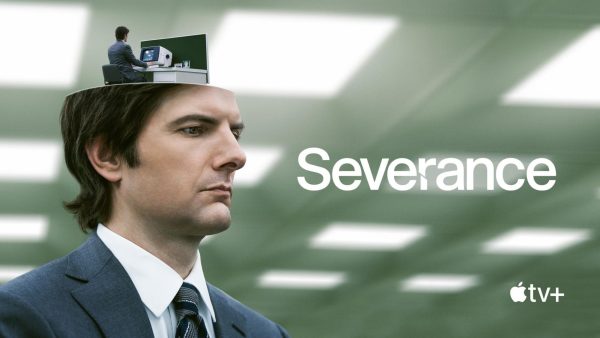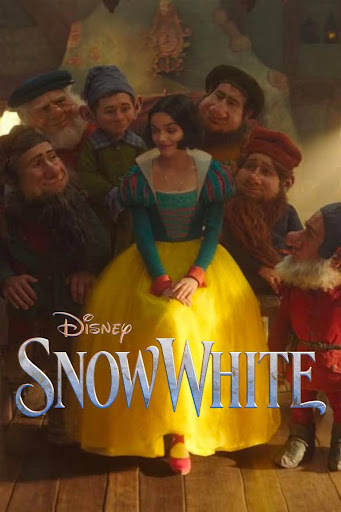Out of this world: a review of Gravity
Two of the most essential aspects of a movie are its story and protagonists. Most movies focus on the plot and characters, while the direction and other aspects of the film help accentuate the story. However, few directors take a bold leap for mankind and instead utilize the story to highlight another aspect of the film. Gravity represents this style of filmmaking perfectly: not only does this movie revolutionize modern cinematography, but it also succeeds in telling a short simple-yet-thrilling survival story that underlines the exquisite camerawork.
In the movie, a team of NASA scientists have been sent up to space to maintain the Hubble Space Telescope. All seems well until high-speed space debris comes hurtling to their space ship. Now it’s up to veteran astronaut Matt Kowalski, played by George Clooney, and rookie scientist Ryan Stone, played by Sandra Bullock, to escape the gruesome fate of their disposable colleagues.
The film is quite a space oddity, mainly due to the movie’s characters and plot, or lack thereof. There are really only two essential characters to the story: Stone and Kowalski. However, this is not a problem because this is a survival flick in which the audience experiences Darwinism at its finest, where the strong survive and the weak die. The only type of characters this story requires are those who show the characteristics that constitute a survivor and the film accomplishes this feat, once again, in an unorthodox fashion.
Rather than have multiple characters display several different personalities so that the audience can see what type of people would make it out of this cataclysm, the director once again hones in on a single character, Stone, and documents her evolution from a lonely scientist who aimlessly drifts wherever her life happens to take her, into a passionate woman who will stick her feet in the ground and tackle the challenges that threaten her life.
This presents two issues with Gravity that are difficult to overlook: Stone goes through massive character development near the end of the film, nonetheless, the audience is forced to watch a woman who can’t survive in space and doesn’t even have the will to live pathetically float across the screen for 30 minutes halfway through the movie. I had no empathy, or even pity, for the disasters that were happening around her, making the middle of the movie the least entertaining part. Of course, Stone becomes a fully developed, likable character, at least for me,during the finale, by having one the most clever interventions ever, that I won’t dare spoil.
The second fault I found in this frontier film would be the score. Space naturally associates itself with emptiness, tranquility and complete vacancy for thousands of miles, so having a full-fledged orchestra provide loud, powerful background music to increase the suspense seemed a little out of place to me. Granted, the director did emphasize the quietness of space by having complete silence follow one of the grand musical pieces, but other than those few instances, the music seemed unnecessary. Personally I would have put the movie in complete silence, having only the noises produced from the astronauts and their equipment break the stillness and increase the atmosphere, but that’s just me.
These two problems can easily be overlooked, and overall, Gravity is simply a sweeping spectacle that deserves to be watched in 3D on the biggest screen possible. Gravity is more than a movie; it’s like riding a roller-coaster for the first time. It’s a nerve racking experience for the senses that will leave your knuckles white with anxiety and your jaw dropped in amazement.






Joshua Kight • Nov 8, 2013 at 11:39 pm
Great article Michael. I’m going to see that movie just because of your review…